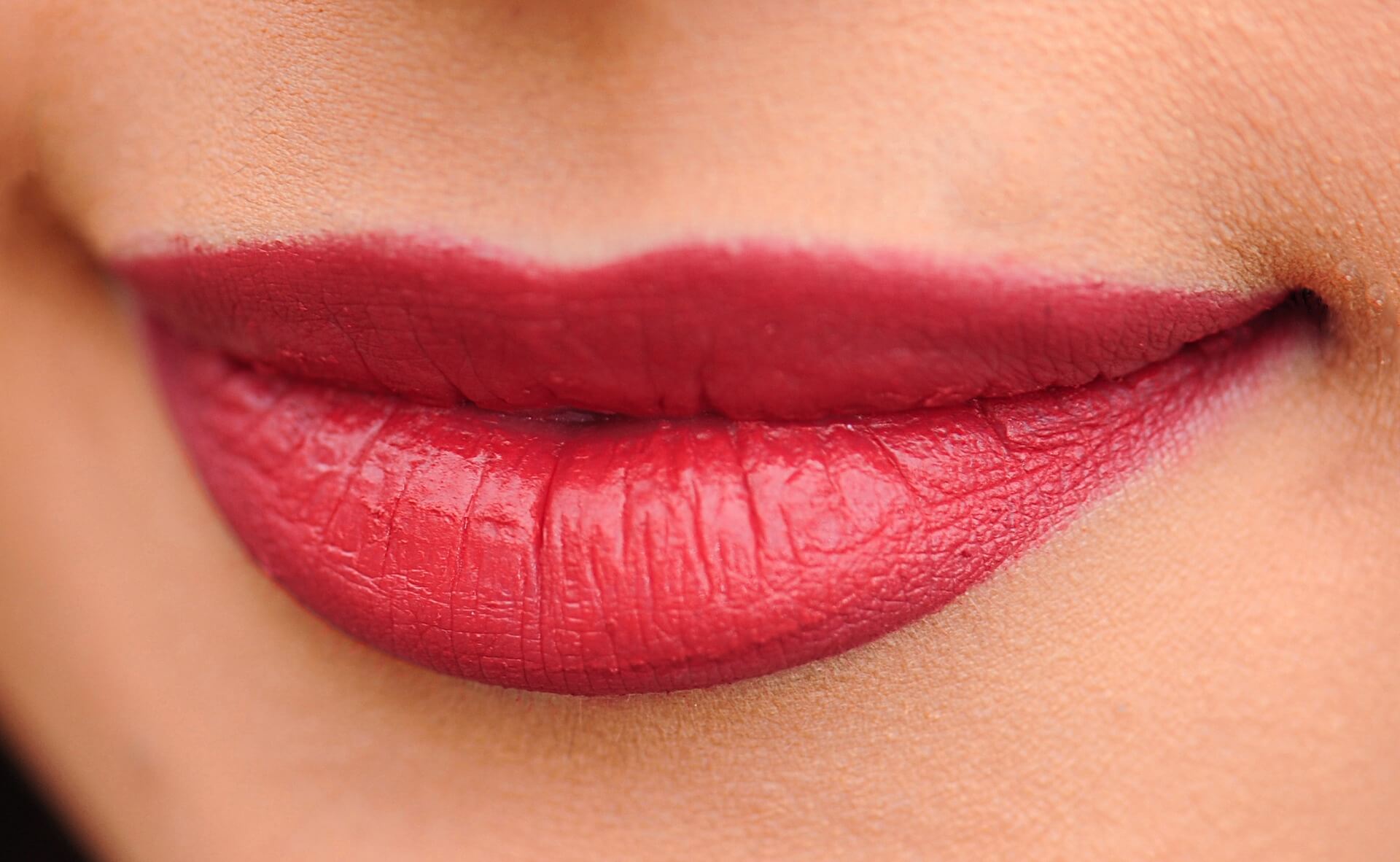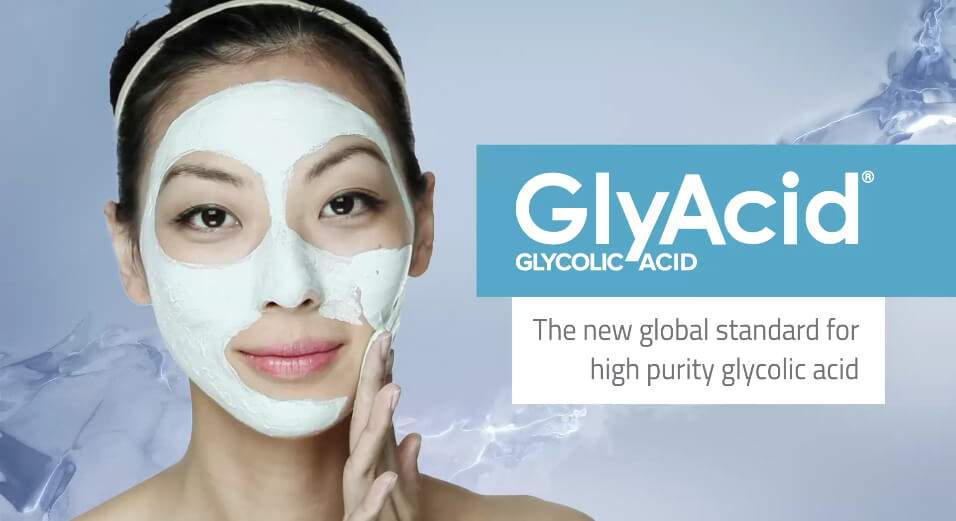Dangerous DIY Fillers on the Rise
The use of “at home” facial and lip injectables is soaring in popularity, and the FDA and skincare professionals are urging consumers against the usage of these unregulated products.
Previously a procedure only performed by a licensed professional, today the use of “DIY” facial fillers is on the rise, thanks to the ease of online shopping and the pervasiveness of social media “tutorial” videos. In an effort to skip the cost of a doctor’s office visit, consumers are seeking out facial fillers online and then attempting to inject themselves at home – with downright dangerous results.

“This is the most dangerous and irresponsible trend I’ve heard of in years,” Lara Devgan, a board-certified plastic surgeon, told Allure. “I have heard of private citizens with no medical knowledge injecting their own lips, cheekbones, under-eyes, and even nose.”
Injectables for a more youthful look
Used to reduce the appearance of wrinkles and fine lines, plump up the lips and cheeks, and create a more youthful look, facial fillers typically use hyaluronic acid to help erase the signs of aging.
“Thanks to its ability to store moisture, hyaluronic acid is responsible for giving skin a plump, hydrated look. It’s used topically to moisturize, but a cream or serum can’t restore lost volume—only injectable hyaluronic acid can. Once injected it can add to the natural plumping action, or replenish your body’s natural production of hyaluronic acid, which diminishes as you age,” explains SELF.
Facial fillers are popular thanks to their efficacy, and the sellers of unlicensed, non-FDA approved facial fillers are attempting to capitalize on this product’s popularity – at great risk to consumers.
Counterfeit products
With the advent of online shopping sites and giant e-marketplaces like Amazon and the China-based Alibaba, consumers now have an easy, fast way to add a facial filler into their online shopping cart and receive an injectable in days.
Seduced by positive reviews and glowing product descriptions on online e-commerce sites, the appeal of a cheaper, sometimes even “name-brand” injectable, is easy to see. However, the use of these fillers comes at a high cost to the consumer.
“Most are illegally re-imported from Asia and Eastern Europe,” Lara Devgan said in her Allure interview. “I have [also] heard stories of expired or discarded products retrieved from the trash, and legal products that have been stolen from unsuspecting offices.”
In short, fillers sold online could be formulated with anything – including adulterated materials or unsterilized ingredients. When injected, these unregulated products could seriously endanger consumers, causing allergic reactions, infections, or in the worst case scenario, even death.
Potential for injury and disfigurement
The other major problem with DIY injectables is that unlicensed, untrained consumers are attempting to inject themselves with fillers – and hurting themselves in the process.
"Injecting filler and Botox is remarkably complex and requires intensive knowledge of anatomy and physiology to understand the tissue."
Laura Devgan, M.D.
“It looks easy because we make it look easy,” Dr. Devgan told Allure. “But injecting filler and Botox is remarkably complex and requires intensive knowledge of anatomy and physiology to understand the tissue. We train for years — literally, years — to learn how to properly and safely inject…It seems like just pushing fluid out of a syringe, but the technical aspects of these procedures require extensive knowledge of tissue behavior and anatomic relationships. Facial anatomy is extremely complex.”
However, the prevalence of online and social media video tutorials on DIY injectables have convinced consumers that fillers can be done at home. But, untrained consumers attempting to wing their own injections only leads to a host of problems.
While cosmetic issues like discoloration or lumpiness can arise from improperly given injectables, there are far more severe consequences at hand. Consumers can permanently scar themselves, cause tissue necrosis, or even cause blindness or death if an injectable is inserted improperly.
Simply put, at-home injectables are a recipe for disaster, although the Internet paints a different picture to bargain-hunting consumers.
The solution lies in education
Unfortunately, experts predict the sale and use of DIY injectable fillers will continue to grow, thanks to the ease of online purchasing and the prevalence of social media praise.
Until stricter regulation occurs, the only way to protect consumers from the dangers of DIY facial fillers is through steady and persistent education. Personal care product marketers and responsible members of the industry must make sure consumers understand that facial fillers are to be performed by licensed professionals only, and that’s the bottom line.


